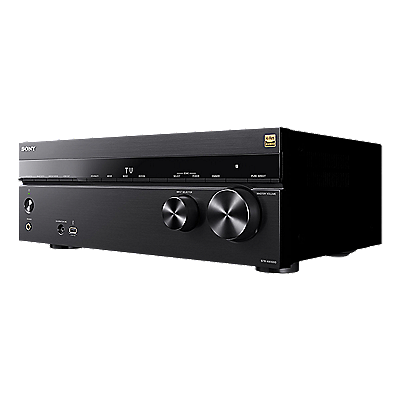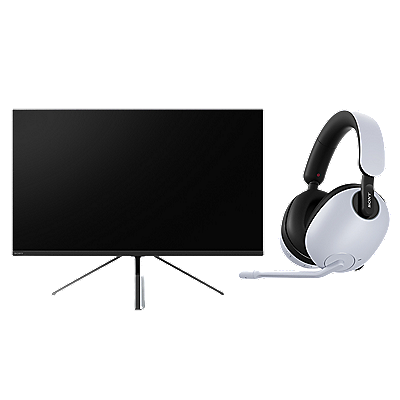IMPORTANT: This article applies only to specific products and/or operating systems. Check Applicable Products and Categories for details.
What are 4K and HDR?
A 4K picture has a resolution of about 8,290,000 pixels, which is four times that of a full high definition (2K). Even when viewed on a large screen, it achieves high-definition picture quality down to the smallest details and reproduces realistic details and textures.
Note: 4K has higher picture quality than high definition (HD) and is also referred to as Ultra HD (UHD).
| 2K | 4K |
|---|
 |  |
HDR (High Dynamic Range) can render brightness in a range wider than normal pictures. The higher standard of brightness that can be displayed allows for high-contrast pictures, and detailed color renders.
| Normal picture | HDR picture |
|---|
 |  |
Does my TV support 4K or HDR?
If your TV has a resolution specification of 3,840 x 2,160 or higher, you can enjoy 4K content via HDMI® devices, USB storage, and online services. For specification details, go to the
model support page
![]() and check your model's Specifications for DISPLAY RESOLUTION.
and check your model's Specifications for DISPLAY RESOLUTION.

The 4K HDR and 8K HDR icons are indicated on packages of models that support 4K and HDR.

Notes:
- To enjoy high-definition 4K Enhanced format content via HDMI, you must set up the TV. (see details below).
- If your TV also supports 4K X Reality Pro, non-4K content is automatically upscaled to 4K resolution by increasing the definition through super-resolution processing.
To check if your TV supports HDR, go to the
model support page
![]() and check the Specifications for HDR (HIGH DYNAMIC RANGE) COMPATIBILITY of your model.
and check the Specifications for HDR (HIGH DYNAMIC RANGE) COMPATIBILITY of your model.

Notes:
- Depending on your TV, you may need to update your TV to the latest software.
- If your TV supports HDR10, you can enjoy HDR content from an Ultra HD Blu-ray Disc™ (UHD BD) player and streaming services. If your TV supports Dolby Vision™, you can enjoy Dolby Vision content with higher quality. Additional information and details about HDR (High Dynamic Range) format support for your TV are available:
- If your TV also supports the HDR Remaster feature, non-HDR content is automatically upscaled into a more realistic HDR picture based on the subject.
How do I enjoy 4K or HDR content?
If your TV supports 4K and HDR, you can enjoy 4K and HDR content depending on the content source.
Enjoying 4K/HDR with online services
Streaming services such as Netflix®, YouTube™, and Prime Video™ provide a huge amount of supported content for 4K and HDR. Check the following four points:
- Does your subscription service support 4K?
To enjoy 4K content with some services, such as Netflix, you must subscribe to a specific plan to receive 4K content. - Does the content you watch support 4K/HDR?
To enjoy 4K, you must select the content that supports 4K (UHD). To enjoy HDR, you must select the content that supports HDR (HDR10 or Dolby Vision). - Are the picture settings of the streaming service set to auto or high?
If the picture settings of the streaming service app are not set to auto or high, the service may not display 4K/HDR content at its best quality. - Is your network fast enough?
If your network is not fast enough, you cannot enjoy 4K/HDR content at its best quality. The required network speed depends on the service.
The required settings depend on the streaming service. For details, refer to the help site of your service.
Enjoying 4K/HDR via HDMI
The steps to enjoy 4K/HDR via HDMI vary depending on the type of device connected to your TV:
4K Enhanced format supporting devices (e.g. Ultra HD BD player, PlayStation 4® Pro)

If you want to enjoy high definition 4K HDR content (Enhanced format) such as PS4 Pro video games and Ultra HD BD movies, special preparation is required:

- Use a Premium High-Speed HDMI cable that supports 18Gbps.
- Confirm that your TV and HDMI input supports the Enhanced format.
- Set the input connected to the HDMI device to Enhanced format.
Notes:
Other 4K or HDR supporting devices (e.g. 4K video camera)

Even if you don't have a Premium High-Speed HDMI cable, you can enjoy 4K video and HDR without the Enhanced format. (such as 4K 30p video recorded with a 4K camera). Use a High-Speed HDMI cable to connect an HDMI device that supports 4K and HDR and connects to the HDMI input of the TV.
Notes:
- To watch a 4K video, you need an HDMI cable that supports the HDMI 2.0 standard or higher.
- Depending on the connected device, some settings may be required. For details, refer to the operating instructions of that device.
- To enjoy content protected by the HDCP 2.2 format, you must use an HDMI input that supports it. All 4K Android TV and Google TV inputs support this format. Additional information and details are available for 4K/8K TV compatible with HDCP 2.2. HDCP (High-bandwidth Digital Content Protection) is a standard that restricts copying via HDMI.
Enjoying 4K/HDR via USB
Enjoying 4K/HDR videos and still images saved to a USB storage device is very easy. Connect the USB storage containing the 4K/HDR content to the TV's USB port. You can automatically playback movies and still images at the optimum picture quality.
























